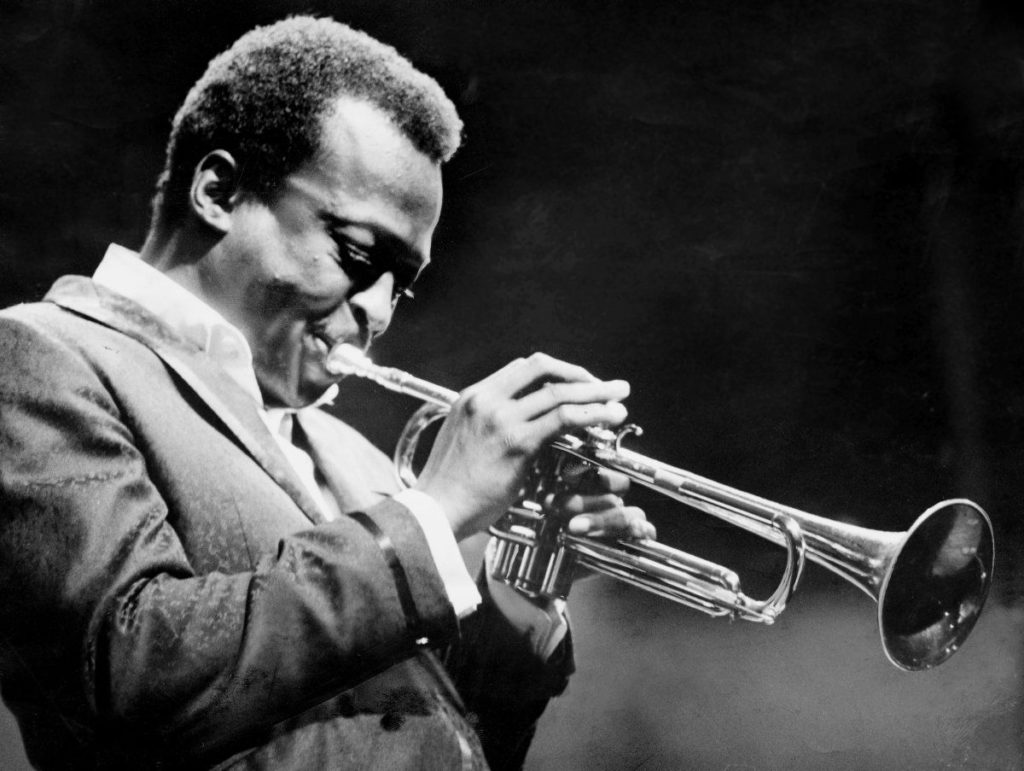Everyone knows who the Sex Pistols are - these are the first British punk rock musicians. At the same time, The Clash is the brightest and most successful representative of the same British punk rock.
From the start, the band was already more refined musically, expanding their hard rock and roll with reggae and rockabilly.
The band is blessed with success, having two exceptional songwriters in their arsenal - Joe Strummer and Mick Jones. Both musicians had an excellent voice, which also had a positive effect on the success of the group.
The Clash group largely positioned themselves as rebels, revolutionaries. As a result, the musicians have gained passionate fans on both sides of the Atlantic.
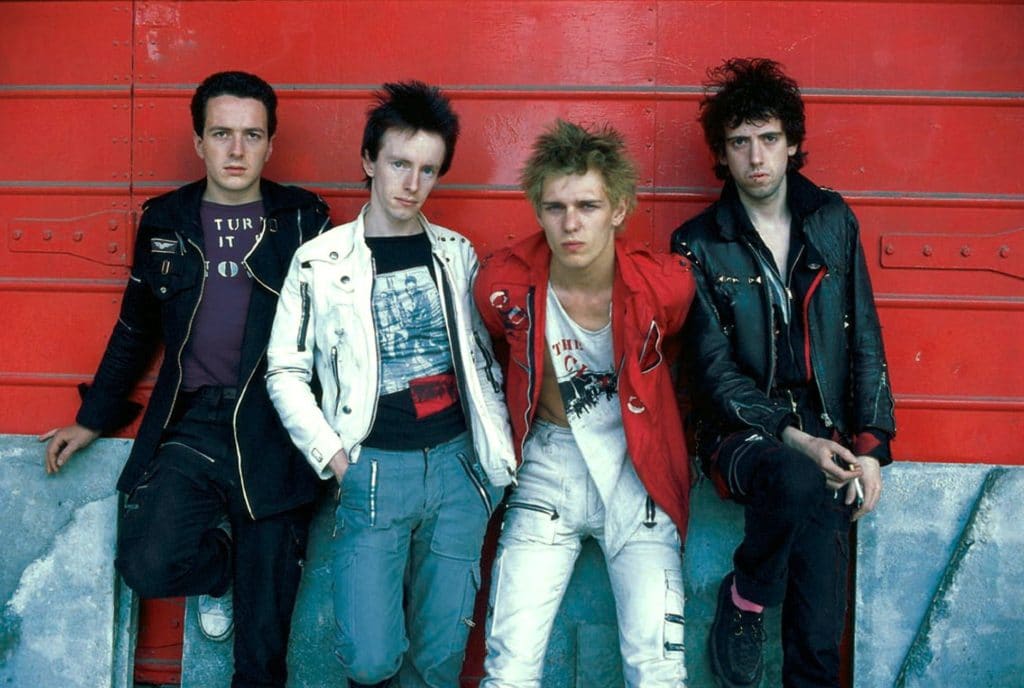
Although they quickly became almost the heroes of rock and roll in the UK, second only to The Jam in popularity.
It took the musicians several years to “break through” into the American show business. When they did this in 1982, they blew up all the charts in a matter of months.
The Clash never became the superstar they wanted to be. However, the musicians gravitated toward rock and roll and protest.
The history of the creation of The Clash
The Clash, who constantly sang about the revolution and the working class, had surprisingly traditional rock origins. Joe Strummer (John Graham Mellor) (born August 21, 1952) spent much of his childhood at a boarding school.
By the time he was in his early 20s, he was just wandering the streets of London and formed a rock band called the 101's in a pub.
Around the same time, Mick Jones (born 26 June 1955) fronted the hard rock band London SS. Unlike Strummer, Jones came from a working-class background in Brixton.
In his teens, he was into rock and roll, forming London SS with the intention of replicating the heavy sound of bands like Mott the Hoople and the Faces.
Jones' childhood friend Paul Simonon (born December 15, 1956) joined the band as bassist in 1976. After listening to the Sex Pistols; he replaced Tony James, who later joined the band Sigue Sigue Sputnik.
After attending a live performance by the Sex Pistols in concert, Joe Strummer decided in early 1976 to disband the 101's to pursue a new and hardcore musical direction.
He left the band shortly before the release of their first single Keys to Your Heart. Along with guitarist Keith Levene, Strummer joined the re-formed London SS, now renamed The Clash.
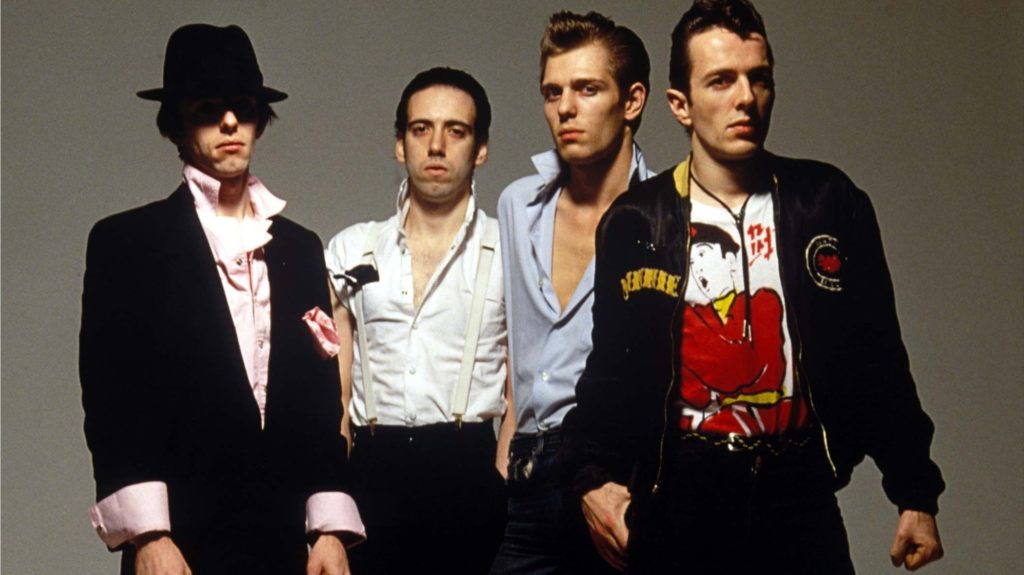
Debut of The Clash
The Clash played their first show in the summer of 1976 in support of the Sex Pistols in London. Levine left the group shortly after debut.
Shortly thereafter, the band embarked on their first tour. The Anarchy Tour Pistols, which began in late 1976, consisted of only three concerts.
However, in such a short period, the group was able to conclude their first contract in February 1977 with the British company CBS.
The band recorded their first album over the course of three weekends. When the recording was completed, Terry Chimes left the band and Topper Headon joined the band as drummer.
In the spring, the band's first single The Clash White Riot and self-titled debut album were released to significant success and sales in the UK, peaking at number 12 on the charts.
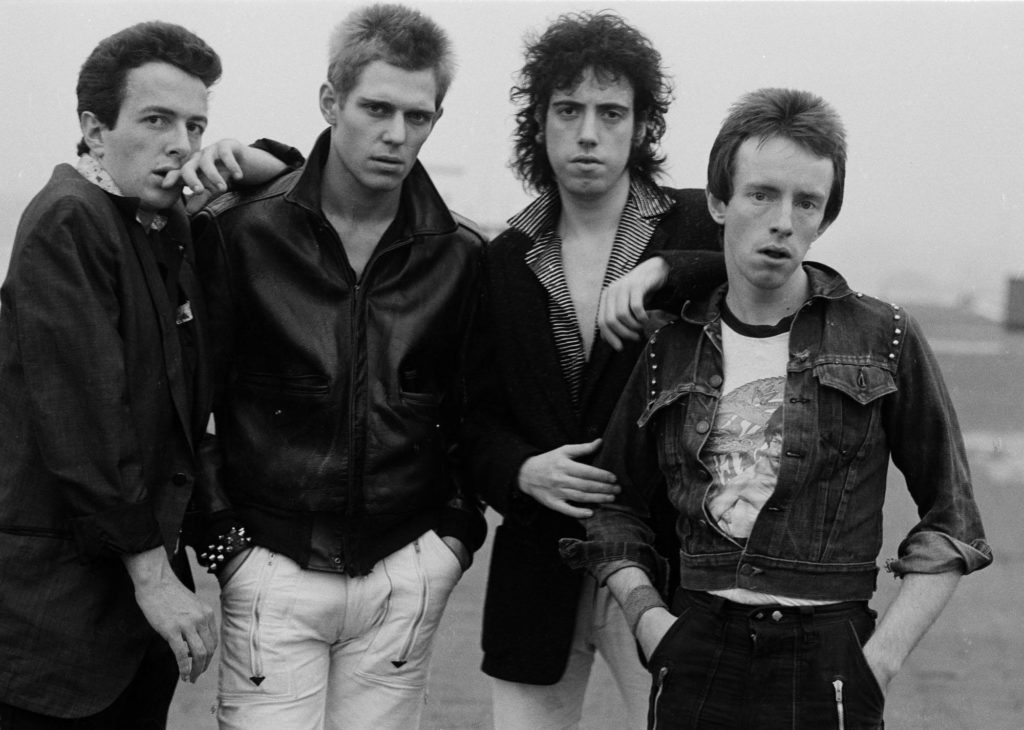
The American division of CBS decided that The Clash was not suitable for radio rotation, so they decided not to release the album.
White Riot Big Tour
The import of the record became the best-selling record of all time. Shortly after the album's release, the band embarked on an extensive White Riot tour supported by The Jam and the Buzzcocks.
The main performance of the tour was a concert at London's Rainbow Theatre, where the band made a real sell-out. During the White Riot tour, CBS removed the song Remote Control from the album as a single. In response, The Clash recorded Complete Control with reggae icon Lee Perry.
Problems with law
Throughout 1977, Strummer and Jones were in and out of jail for a variety of minor offenses, from vandalism to stealing a pillowcase.
At this time, Simonon and Khidon were arrested for shooting pigeons with pneumatic weapons.
The image of The Clash was greatly reinforced by these events, but the group also began to actively participate in social activities. For example, the musicians performed at the Rock Against Racism concert.
The single (White Man) In Hammersmith Palais, which was released in the summer of 1978, showed the group's increasing public awareness.

Shortly after the single peaked at number 32, The Clash began work on their second album. The producer was Sandy Perlman, formerly of Blue Öyster Cult.
Perlman brought to Give 'Em Enough Rope a clean yet powerful sound meant to capture the entire American market. Unfortunately, the "breakthrough" did not take place - the album peaked at number 128 in the US charts in the spring of 1979.
The good news was that the record was hugely popular in the UK, debuting at the top of the charts.
Let's go on tour!
In early 1979, The Clash began their first American tour, Pearl Harbor '79.
That summer, the band released the UK's only EP, The Cost of Living, which included a cover version of Bobby Fuller Four I Fought the Law ("I Fought the Law").
Following the later summer release The Clash in America, the band embarked on a second US tour, recruiting Mickey Gallagher of Ian Dury & Blockheads as keyboardist.
Both the first and second U.S. tours with The Clash also featured R&B artists such as Bo Diddley, Sam & Dave, Lee Dorsey and Screamin' Jay Hawkins, as well as country rocker Joe Ely and punk rockabilly band the Cramps. .
London is calling
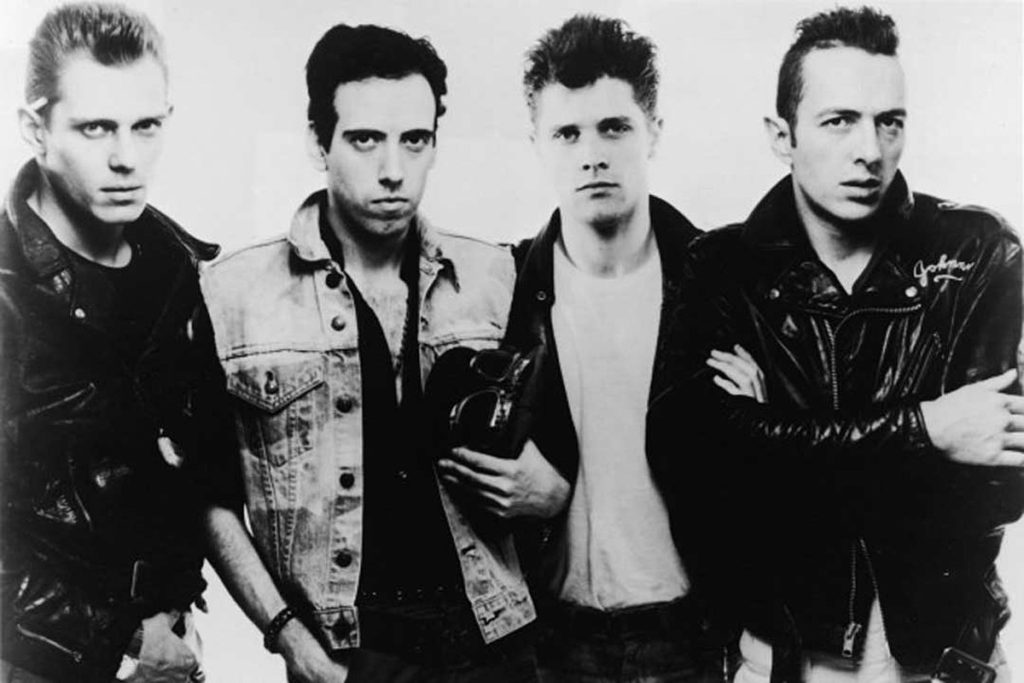
The choice of guest artists showed that The Clash were into old rock 'n' roll and all its legends. This passion was the driving force behind their breakthrough double album London Calling.
Produced by Guy Stevens, who previously worked with Mott the Hoople, the album boasts a variety of styles ranging from rockabilly and R&B to rock and reggae.
The double album was sold at the price of one record, which, of course, had a positive effect on its popularity. The record debuted at number 9 in the UK in late 1979 and peaked at number 27 in the US in the spring of 1980.
Sandinista!
The Clash toured the US, UK and Europe successfully in the early 1980s.
During the summer, the band released the single Bankrobber, which the musicians recorded together with DJ Mikey Dread. The song was intended only for Dutch listeners.
By the fall, the UK affiliate of CBS was forced to release the single due to popular demand. Shortly thereafter, the band traveled to New York to begin the difficult and lengthy process of recording the follow-up to London Calling.
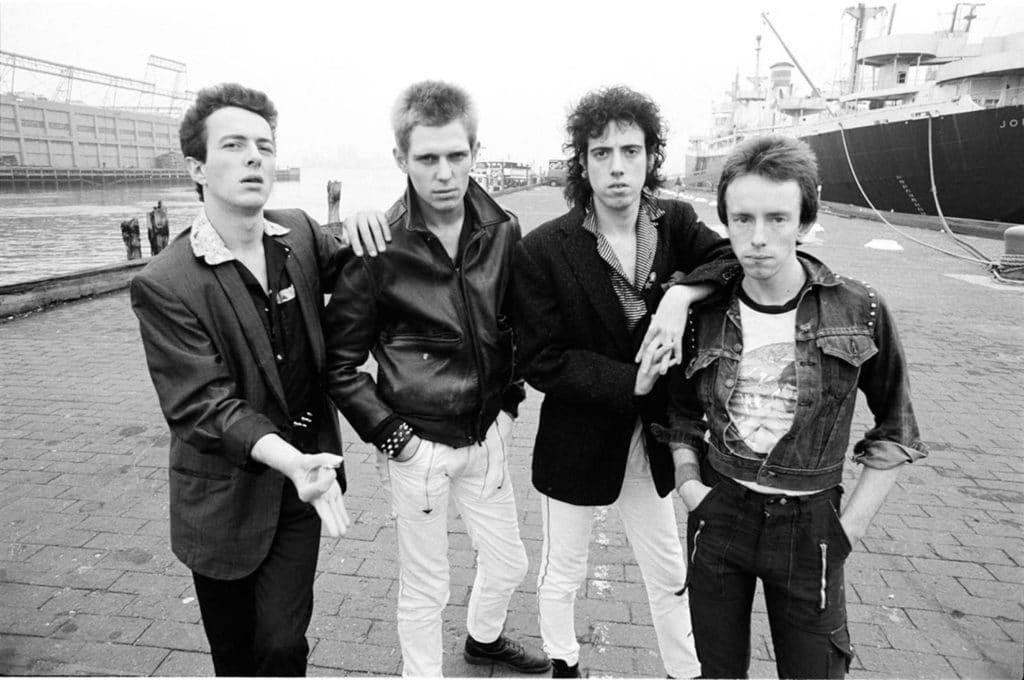
A US EP was released in November titled Black Market Clash. The following month, the record was set by the band's fourth album, Sandinista!, which was released simultaneously in the US and the UK.
Critical reaction to the album was mixed, with American critics responding more favorably than their British counterparts.
In addition, the group's audience in the UK has slightly decreased - Sandinista! was the band's first record to sell better in the US than in the UK.
After spending most of 1981 on tour, The Clash decided to record their fifth album with producer Glyn Jones. This is a former producer of The Rolling Stones, The Who and Led Zeppelin.
Headon left the group shortly after the sessions ended. In a press statement, it is said that he said goodbye to the group due to political differences. It was later revealed that the breakup was due to his heavy drug use.
The band replaced Headon with their old drummer, Terry Chimes. The release of the album Combat Rock took place in the spring. The album became The Clash's most successful album.
It entered the UK charts at number 2 and hit the top ten in the US charts in early 1983 with the hit Rock the Casbah.
In the fall of 1982, The Clash performed with The Who on their farewell tour.
Sunset of a successful career
Although The Clash were at their commercial peak in 1983, the group began to fall apart.
In the spring, Chimes left the band and was replaced by Pete Howard, a former member of Cold Fish. During the summer, the band headlined the American Festival in California. This was their last major appearance.
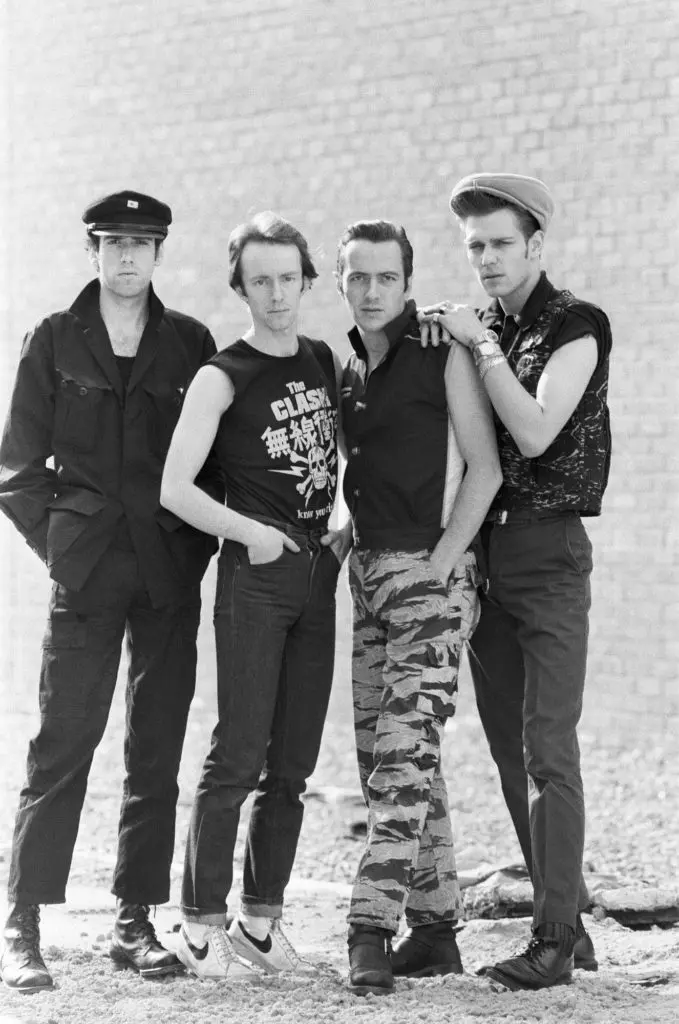
In September, Joe Strummer and Paul Simonon fired Mick Jones because he "departed from the original idea for the Clash". Jones formed Big Audio Dynamite the following year. At that time, The Clash hired guitarists Vince White and Nick Sheppard.
During 1984, the group toured America and Europe, "testing" the new line-up. The revitalized band The Clash released their first album, Cut the Crap, in November. The album was met with very negative reviews and sales.
In early 1986, Strummer and Simonon decided to permanently disband the band. A few years later, Simonon formed the rock band Havana 3 AM. She released only one album in 1991, after the release of the album he focused on painting.
Then the musician became interested in cinema, appearing in Alex Cox's "Straight to Hell" (1986) and "Mystery Train" by Jim Jarmusch (1989).
Strummer released the solo album Earthquake Weather in 1989. Soon after, he joined The Pogues as a touring rhythm guitarist and vocalist. In 1991, he quietly went into the shadows.
Hall of Fame
The band was inducted into the Rock and Roll Hall of Fame in November 2002 and even planned to reunite. However, the group was not destined to get a second chance. Strummer died suddenly of congenital heart disease on December 22, 2002.
Over the next decade, Jones and Simonon were active in the musical field. Jones produced both albums for the acclaimed rock band the Libertines, while Simonon teamed up with Blur's (Damon Albarn).
In 2013, the band announced the release of a major archival project called Sound System. It includes new remakes of the band's first five albums, three extra CDs of rarities, singles and demos, and a DVD.
Along with the box set, a new compilation, The Clash Hits Back, was released.


